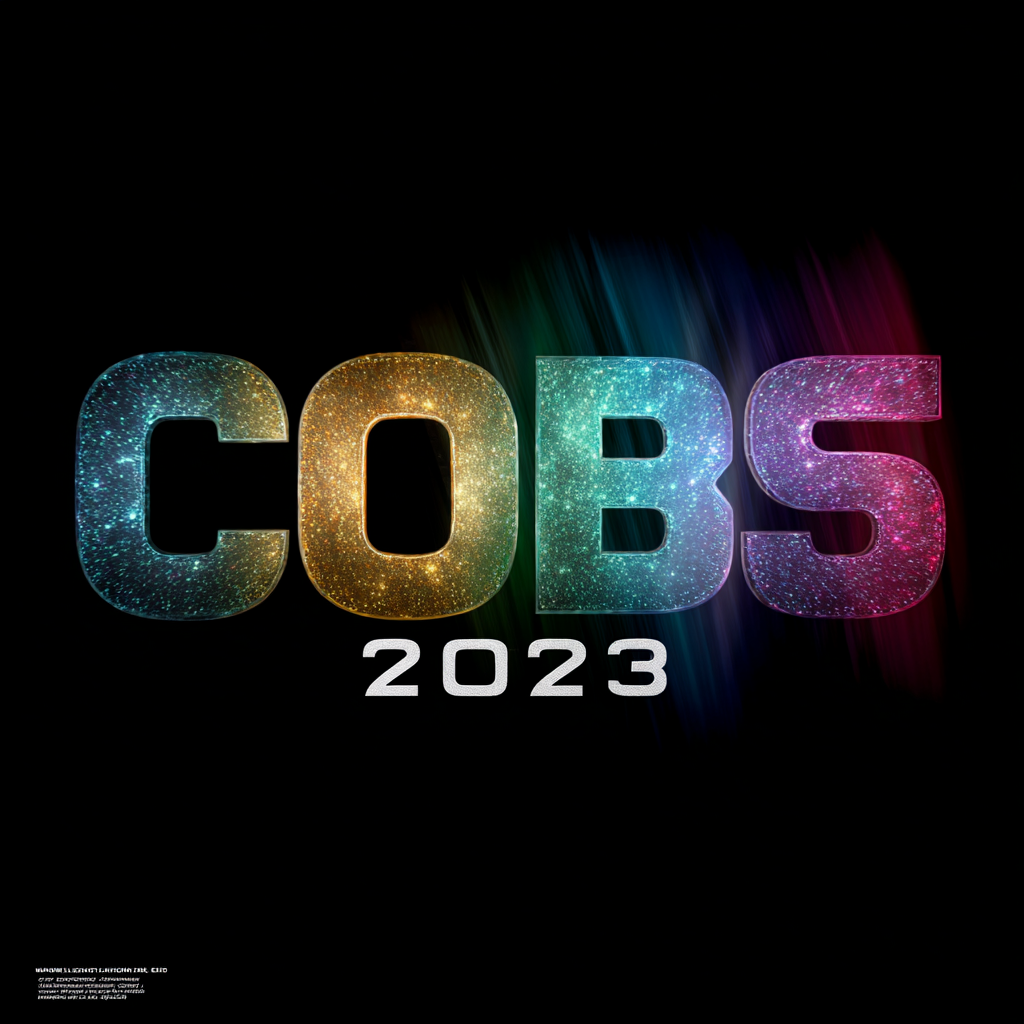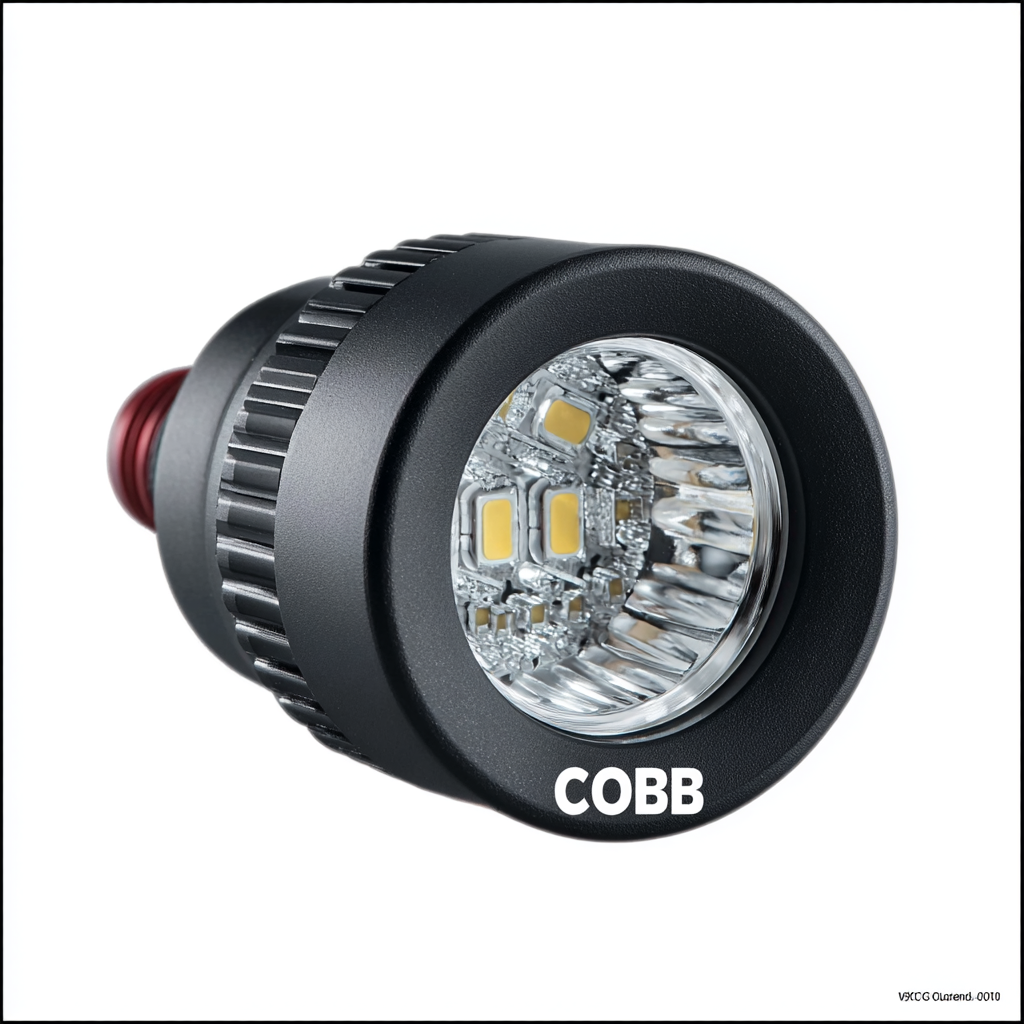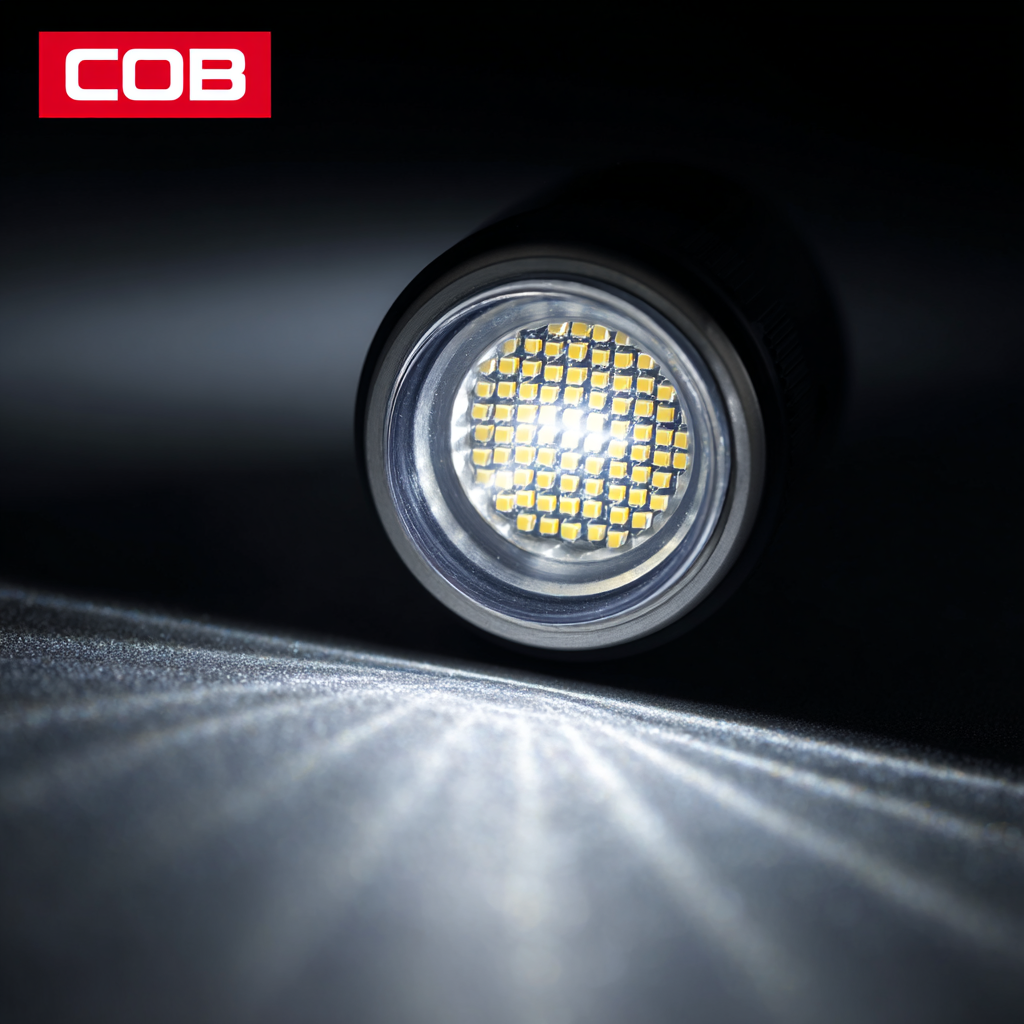
Unveiling the Future: The Role of Best Cob Led Light in 2025's Smart Lighting Revolution
As we stand on the brink of a new era in lighting technology, the emergence of Cob Led Light promises to reshape the landscape of smart lighting solutions by 2025. This innovative lighting technology, known for its energy efficiency, compact design, and exceptional illumination quality, is positioned to play a pivotal role in the smart lighting revolution. With the increasing integration of smart home systems and the demand for sustainable energy alternatives, Cob Led Lights are not just a trend; they represent a shift towards a more interconnected and adaptive approach to illumination.

As we delve deeper into the various alternatives and advancements on the horizon, it becomes evident that Cob Led Lights will not only enhance the aesthetic appeal of our living spaces but also contribute significantly to energy conservation efforts. Join us as we explore the transformative potential of Cob Led Light and its promising future in the realm of smart lighting.
Exploring the Evolution of Cob Led Technology in Smart Lighting Solutions
The evolution of COB (Chip-on-Board) LED technology marks a significant milestone in the smart lighting landscape as we approach 2025. This advancement enables manufacturers to create high-quality, energy-efficient lighting solutions that cater to diverse applications, from residential spaces to large commercial installations. As the demand for smart lighting solutions grows, COB technology stands out due to its compactness and the ability to produce a high level of brightness with minimal energy consumption. This is essential for reducing electricity costs while enhancing indoor and outdoor environments.

To maximize the benefits of COB LED technology, consider the following tips: First, ensure proper thermal management to extend the lifespan of your lighting fixtures. Utilizing heat sinks and ventilation helps maintain optimal operating temperatures. Second, leverage smart controls to optimize energy usage; dimmers and motion sensors can adjust brightness based on user needs, thus further enhancing energy savings and comfort. Lastly, stay updated on industry trends and emerging technologies, as ongoing innovations could lead to even more efficient lighting solutions that integrate seamlessly into smart home systems.
These insights highlight the direction in which COB LED technology is evolving, promising significant contributions to the smart lighting revolution in 2025.
Top Alternatives to Cob Led Lights for Sustainable Lighting in 2025
As we venture into 2025, the demand for sustainable lighting solutions accelerates, calling for alternatives to traditional COB LED lights. According to a recent report by the International Energy Agency (IEA), energy-efficient lighting can reduce global electricity demand by 30% by 2030. Thus, exploring top alternatives becomes essential for both environmental sustainability and cost-effectiveness.
One promising option is organic light-emitting diodes (OLEDs), which offer a flexibility and thin form factor that make them ideal for innovative design applications. OLED technology consumes approximately 50% less power than traditional lighting solutions while delivering high-quality illumination, as highlighted in the Global Lighting Market report. Additionally, solar-powered LED solutions are gaining traction as they harness renewable energy, making them an excellent choice for outdoor and off-grid applications. This shift not only minimizes the carbon footprint but also aligns with the sustainable development goals set forth by the United Nations. As these technologies evolve, they are poised to redefine the landscape of smart lighting in the near future.
Unveiling the Future: The Role of Best Cob Led Light in 2025's Smart Lighting Revolution - Top Alternatives to Cob Led Lights for Sustainable Lighting in 2025
| Lighting Technology | Energy Efficiency (lm/W) | Lifespan (Hours) | Sustainability Rating | Heat Emission (°C) |
|---|---|---|---|---|
| Cob LED Light | 150 | 50,000 | A+ | 45 |
| OLED | 100 | 30,000 | A | 40 |
| Smart LED | 120 | 25,000 | A++ | 50 |
| Horticultural LED | 200 | 50,000 | A+++ | 30 |
| Incandescent Replacement LED | 90 | 30,000 | A | 60 |
Comparative Analysis: Cob Led Lights vs Traditional Lighting Alternatives
The lighting industry is undergoing a significant transformation, with COB LED lights emerging as a frontrunner in the realm of smart lighting alternatives. Unlike traditional incandescent or fluorescent bulbs, COB LEDs offer higher energy efficiency and greater luminosity, making them ideal for a variety of applications. Traditional lights often require more energy and have a shorter lifespan, leading to increased waste and higher costs in the long run. In 2025, the push for sustainable and intelligent lighting solutions will likely position COB LEDs as a preferred option for both residential and commercial spaces.
When considering a switch from traditional lighting to COB LEDs, here are a few tips to keep in mind. First, assess the brightness and color temperature that suits your needs—COB LEDs come in a range of options that can enhance the aesthetics of your space. Second, invest in smart lighting systems that allow for remote control and automation. This not only adds convenience but also helps in energy management. Lastly, look for products with good heat dissipation to ensure longevity and performance, as effective thermal management is crucial for maintaining the lifespan of your lighting solutions.
As the market continues to evolve, staying informed about the benefits of COB LEDs compared to older technologies will empower consumers to make more sustainable choices. Embracing this innovative lighting technology could greatly enhance both functionality and ambiance in various settings.
Comparative Analysis of COB LED Lights vs Traditional Lighting Alternatives in 2025
Innovative Applications of Cob Led Lights in Smart Home Integration
As we leap into 2025, the integration of COB LED lights into smart home systems is poised to revolutionize how we illuminate our living spaces. These advanced lighting solutions not only offer superior energy efficiency and longevity, but their compact design allows for seamless integration into various smart devices. Imagine a home where the lighting adjusts automatically based on your daily routines or personal preferences, creating the perfect ambiance at the touch of a button or through voice commands.
The innovative applications of COB LED lights extend beyond mere convenience; they are key components in creating a more sustainable living environment. By utilizing smart sensors and programmable features, these lights can significantly reduce energy consumption, adjusting brightness and color temperature in response to natural light levels or occupancy detection. Furthermore, their compatibility with home automation platforms means homeowners can effortlessly control their lighting systems from anywhere, enhancing both comfort and security. The future of smart homes will undoubtedly be illuminated by the versatility and effectiveness of COB LED technology.
Future Trends: How Cob Led Lights Will Shape Smart Outdoor Lighting Alternatives
As we look toward 2025, the integration of COB (Chip-on-Board) LED lights into smart outdoor lighting solutions is set to transform urban landscapes. According to a report by MarketsandMarkets, the global smart lighting market is projected to reach $75 billion by 2025, with COB LEDs playing a vital role in this growth. Known for their superior light output and energy efficiency, COB LEDs offer uniform illumination, making them ideal for outdoor applications such as street lighting, parks, and commercial spaces.

Furthermore, COB LEDs provide significant advantages in terms of flexibility and smart connectivity. With the advent of IoT technology, these lights can be connected to smart city infrastructure, allowing for real-time monitoring and control. A report from Grand View Research indicates that connected outdoor lighting can reduce energy consumption by up to 40%. This means that incorporating COB LED lights not only enhances the aesthetic of outdoor spaces but also supports sustainability initiatives, aligning with global efforts to reduce carbon footprints and improve energy efficiency in urban environments.
